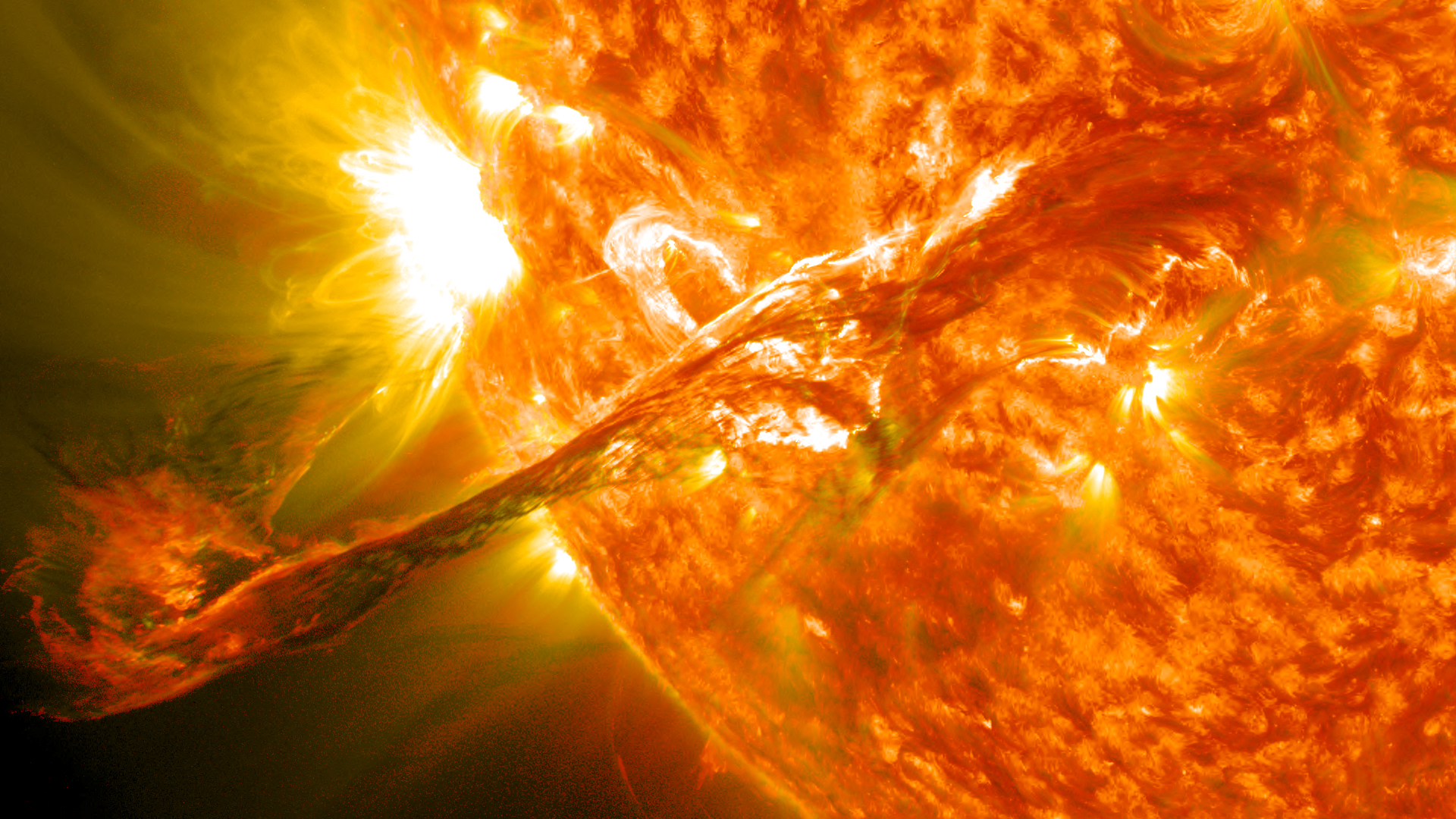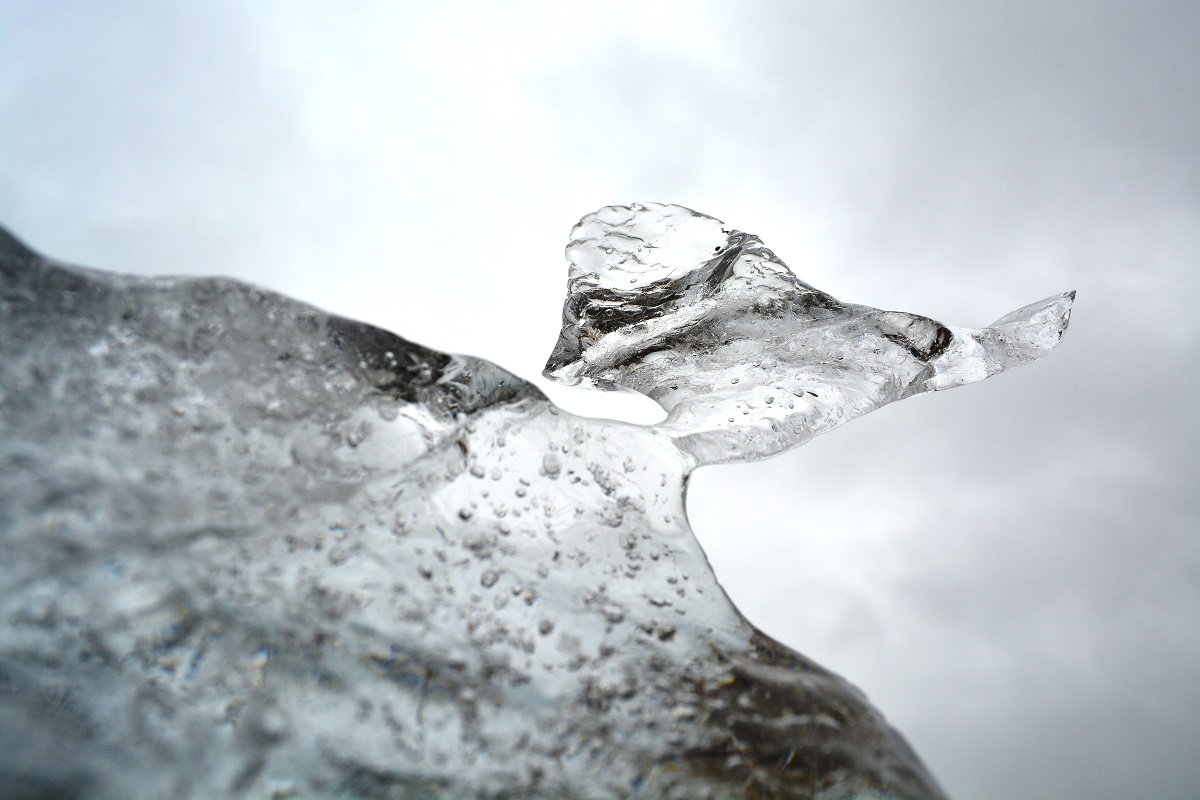test w
- Hits: 19170

Dynamics of the Solar Corona in the Era of Data Intensive Observations
This project aims to establish a close research collaboration between several leading European and South American research institutes specialized in solar physics and to gain new paradigmatic insights into the dynamic processes in the solar atmosphere, through a systematic exchange of researchers and knowledge and joint research efforts using existing data and facilities, including innovative data analysis techniques based on machine learning approaches. The expected scientific impact is a significant advancement in our knowledge of key physical processes occurring in the solar atmosphere, including breakthroughs in unraveling the mechanism of coronal heating, transformational advances in our understanding of impulsive energies such as solar flares and CMEs, significant advances in MHD wave theory, and the first application of machine learning techniques to the study of wave processes in the solar atmosphere.
The project includes four scientific work packages that address specific key challenges in modern solar physics and heliophysics: quasi-periodic pulsations in solar flares, wave heating and coupling to the lower atmosphere, the development of three-dimensional CME morphology, kinematic oscillations of coronal mass exclusion, and a work package for communication and dissemination. Expected economic and technological impacts include gaining direct experience in the analysis of complex oscillatory processes, experience in the design and application of machine learning techniques for pattern recognition, new technologies for the analysis of oscillatory processes, and input parameter diagnostic techniques for space weather prediction models, the establishment of facilities for knowledge exchange with foreign partners with local industries, and the training of highly skilled professionals in numerical modeling and data analysis. The expected societal impact is to strengthen research links between the European and US research communities, to improve public awareness of modern solar and heliophysics research and development issues, and to motivate school students to pursue scientific careers.
COORDINATOR
KATHOLIEKE UNIVERSITEIT LEUVEN, Belgium
Contact: Tom Van Doorsselaere,
BENEFICIARIES
JIHOCESKA UNIVERZITA V CESKYCH BUDEJOVICICH, Czechia
Contact: Petr Jelínek,
UNIVERSITAET GRAZ (GRA), Austria
Contact: Astrid Veronig,
MAX-PLANCK-GESELLSCHAFT ZUR FORDERUNG DER WISSENSCHAFTEN EV, Germany
Contact: Pradeep Chitta,
ASSOCIATED PARTNERS
CONSEJO NACIONAL DE INVESTIGACIONES CIENTIFICAS Y TECNICAS, Argentina
Contact: Andrea Costa,
UNIVERSIDAD NACIONAL DE COLOMBIA, Colombia
Contact: Santiago Vargaz Dominguez,
UNIVERSITY OF NORTHUMBRIA AT NEWCASTLE, United Kingdom
Contact: James McLaughlin,
THE UNIVERSITY OF WARWICK, United Kingdom
Contact: Valery Nakariakov,
WP1: Quasi-periodic pulsations in solar flares
WP2: Wave heating and connection to the lower atmosphere
WP3: Evolution of three-dimensional CME morphology
WP4: Kinematic oscillations of coronal mass ejections
WP5: Communication & dissemination
Programme DynaSun kick-off.PDF
The research was sponsored by the DynaSun project and has thus received funding under the Horizon Europe programme of the European Union under grant agreement (no. 101131534). Views and opinions expressed are however those of the author(s) only and do not necessarily reflect those of the European Union and therefore the European Union cannot be held responsible for them."

This project DynaSun has received funding under the Horizon Europe programme of the European Union under grant agreement (no. 101131534).

Phycology:
The research of the algological group begins with a description of the species diversity of cyanobacteria and algae, which are studied in all types of terrestrial biotopes. Basic environmental factors are then measured in the given biotopes (physico-chemical parameters of soil and water, daily temperature, radiation, transparency, pH, oxygen concentration, conductivity, etc.).
For the taxonomic determination of individual species of algae and cyanobacteria, classic microscopic observation is combined with data obtained from DNA sequences. The ecophysiological properties of polar cyanobacteria and algae are determined using field measurements and laboratory experiments. Field experiments in Svalbard are focused, for example, on monitoring photosynthetic activity, nitrogen fixation, studying the formation of dormant stages of cyanobacteria and algae, or studying photochemical processes in different types of biotopes. Laboratory experiments focus on the determination of the ecophysiological requirements of individual species and the detailed study of their reactions to various ecological factors.
Since 2009, experiments with open top chambers (OTC) have been taking place on Svalbard at several locations, where the effect of mild warming and changes in soil moisture on the communities of cyanobacteria and algae and on the rate of decomposition of selected biotopes is monitored. As a result of increasing temperatures in the Arctic, the use of natural resources in the polar regions and the development of human settlements are developing. To reduce the consequences of human activity on polar ecosystems (e.g. eutrophication of waters) and increase the efficiency of local resource use (e.g. fish farming), a number of new technologies will need to be developed, some of which will be based on the use of native microorganisms. The algal group has already carried out the first tests for the selection of biotechnologically interesting strains and tested the possibility of cultivation at low temperatures.
The algology group cooperates with a number of workplaces, for example with the institutes of the Biological Center of the Academy of Sciences of the Czech Republic, Charles University and the University of Cologne in Germany.
Team members: Josef Elster, Jana Kvíderová, Eva Hejduková, Oleksandr Bren, Anastasiia Kolomiiets
Our group focuses on study of carbon and nitrogen cycles in relation to the composition and functioning of microbial communities and their relationships with other organisms in ecosystems such as tundra, taiga, continental glaciers, lakes.
The main objective of our group is to:
We are primarily interested in how natural forcing (permafrost thaw) is changing the functioning of these ecosystems, i.e. rates of carbon and nutrient transformation and loss from the ecosystem, species and functional diversity of the soil microbial community, and soil-vegetation relationships.
Our research focuses primarily on describing microorganisms in terms of both diversity and function. Microbial communities include all three domains of life (bacteria, archaea and eukaryotes), which implies that the study of such a complex system is poses a considerable challenge to scientists. In the last decade, new genetic and molecular biological techniques (PCR, sequencing, etc.) have been increasingly applied to study complex microbial communities. It is these that allow us to better describe the processes and the microorganisms responsible for them in complex terestrial and aquatic environments. Last but not least, they allow us to study the interactions between organisms. These new methods are the focus of our molecular biology laboratory.
Knowledge of the chemical and microbiological composition of organic matter and the processes by which carbon, nitrogen and nutrients are stabilized is essential to predict the extent and timescale at which SOC will be remobilized from thawing permafrost under climate change.
We have long-standing collaborations with institutes at the Biological Centre of the Academy of Sciences of the Czech Republic, and with foreign universities in Helsinki, Hannover, Vienna and Uppsala. These collaborations open up the possibility for our students to travel abroad on a placement at a friendly university.
Team members: Jiří Bárta, Muhammad Waqas, Marria Dimova, Monika Strejckova, Simona Zelenkova, Annika Schmidinger, Laura Noskova, Jonas Proger, Sára Turková, Marie Šabacká
Team members: Oleg Ditrich
Ornithology group focuses mainly on:
When asking important scientific questions, we are often effectively combining independent data at three different levels: i) data directly collected by our team – individual in-depth field studies using a detailed methodology and experimental design; ii) data collected according to unified protocols across an extensive network of 40+ collaborating teams worldwide; iii) data extracted from published and online sources, enabling broad comparative insights.
Our investigations have several important implications. First, we are identifying key climate change, human pressure, and life-history factors affecting breeding performance and survival rates as well as global population trends of wild animals with the use of recently developed demographic models adopting an explicit phylogenetic framework. Second, the exploration of spatial and temporal changes in life-history traits, population dynamics, and social behavior is enabling us to track historic patterns and recent impacts of climate change and human pressure on wild animals in a rapidly changing world. Third, we do care for the outreach and conservation implications of our research, our scientific outputs are being disseminated among conservationists, policymakers, and the wide public in various countries to promote and advocate new specific conservation applications mitigating the impact of recent environmental changes.
We look forward working with highly motivated researchers from all over the world. This may include scientists, conservationists, post-docs, students at various levels, interns, and volunteers. Get in touch with us.
Team members: Vojtěch Kubelka, Guillaume Dillenseger, Miguel Angelo Silva Monteiro, Kateřina Kubelková and Andreas Rimoldi
Read more …Research groups CPE